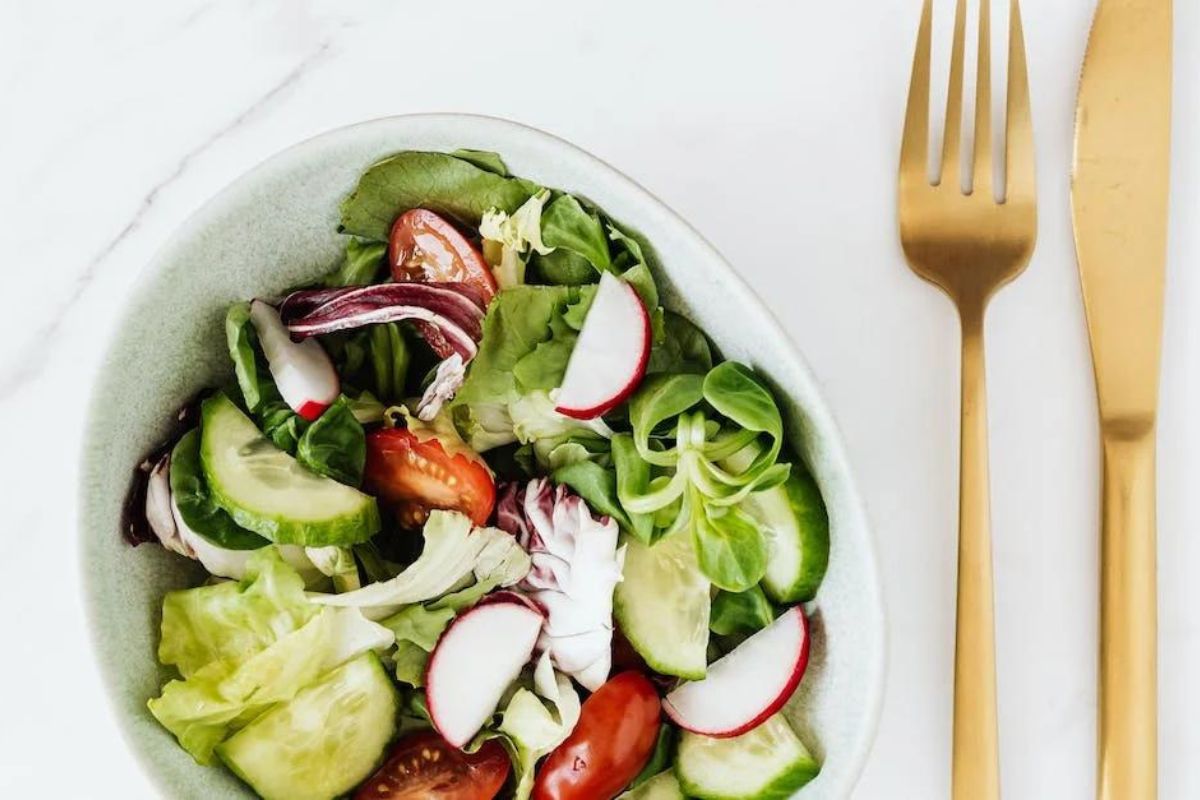

Tableware
Which One Is The Salad Fork?
Modified: February 24, 2024
Discover the correct tableware for your salad with our helpful guide. Learn which is the salad fork and perfect your dining etiquette.
(Many of the links in this article redirect to a specific reviewed product. Your purchase of these products through affiliate links helps to generate commission for Storables.com, at no extra cost. Learn more)
Introduction
Welcome to the wonderful world of tableware and dining etiquette! When it comes to formal dining, there are certain rules and traditions that can often leave us feeling a bit overwhelmed. One common question that arises is, “Which one is the salad fork?” Don’t worry – we’re here to guide you through the world of fork etiquette and help you navigate this particular piece of cutlery.
Understanding the different types of forks and how to use them correctly can make a significant impact on your dining experience. Whether you’re attending a fancy dinner party, business luncheon, or even just enjoying a meal at an upscale restaurant, knowing which fork to use for each course will not only impress those around you but also allow you to fully enjoy your meal without any confusion.
Let’s dive into the intricacies of fork etiquette and specifically address how to identify and use the salad fork in a proper and stylish manner. Whether you’re a seasoned pro or new to the world of fine dining, this guide will equip you with the knowledge you need to confidently handle your tableware and enjoy your culinary experiences to the fullest.
Key Takeaways:
- Mastering fork etiquette, including identifying the salad fork, enhances dining experiences and leaves a positive impression. Hold, use, and rest the salad fork with finesse to enjoy each course gracefully.
- Understanding the subtle differences between the salad fork and dinner fork ensures confident navigation through multi-course meals. Embrace proper usage and seek guidance when in doubt for a seamless dining experience.
Read more: Which Fork Is Bigger Than A Salad Fork?
Understanding Fork Etiquette
Before we can delve into the specifics of the salad fork, it’s essential to have a solid understanding of fork etiquette in general. Forks are an essential part of any table setting and come in various shapes and sizes, each with its own purpose.
When it comes to forks, the general rule of thumb is to start from the outermost left side of your place setting and work your way inward as the meal progresses. This means that the smaller, more specialized forks will typically be found towards the center of the table.
It’s also important to note that you should never use your fingers to touch the prongs of the fork, as this is considered impolite. Instead, hold the fork firmly but delicately, resting the handle in the palm of your hand with your index finger on top while the other fingers gently grip the handle.
Proper fork etiquette extends beyond just knowing which fork to use at which course. It also includes being mindful of how you handle and use the fork during the meal. Avoid waving the fork around or using it to gesture while speaking, as this can be distracting and impolite.
Another vital aspect of fork etiquette is knowing when to rest your fork. When you’re not actively using the fork to take a bite of food, gently place it on your plate between bites, with the tines facing upward. This signals to the waitstaff that you’re not finished with that particular course.
Now that we have a basic understanding of fork etiquette, let’s move on to the specific fork that is often the subject of confusion: the salad fork.
Identifying the Salad Fork
When it comes to identifying the salad fork on a table, there are a few key characteristics to look out for. The salad fork is typically slightly smaller than the dinner fork and is often distinguishable by its design and placement in the table setting.
In terms of design, the salad fork usually has a slightly wider and shorter profile compared to the other forks on the table. The tines of the salad fork may also be slightly more spaced out, allowing for easier handling and cutting into greens or other salad ingredients.
The salad fork is commonly placed to the left side of the dinner fork in a formal table setting. It may also have a different pattern or embellishment on the handle to differentiate it from other forks. However, it’s important to note that tableware designs can vary, so it’s always a good idea to observe the table setting and follow the lead of your fellow diners if you’re unsure.
If you’re still unsure which fork is the salad fork, you can discreetly observe the behavior of your dining companions. Often, people will follow the lead of the host or those who are more experienced in formal dining situations. By being observant and following the lead of others, you can easily identify the salad fork without drawing unnecessary attention to yourself.
Remember, tableware varies depending on the culture and the type of dining experience you’re participating in. If you’re dining in a more casual setting, such as a buffet or a relaxed gathering, the use of a specific salad fork may be less emphasized. However, in formal dining occasions, properly identifying and using the salad fork is essential.
The salad fork is typically smaller than the dinner fork and is usually placed to the left of the dinner fork. It may also have a slightly wider and more rounded shape than the dinner fork.
Differentiating between Salad Fork and Dinner Fork
While the salad fork and dinner fork may appear similar at first glance, there are subtle differences that set them apart. Understanding these distinctions will help you choose the correct fork for each course and ensure proper etiquette during your dining experience.
Size is one of the key factors that differentiate the salad fork from the dinner fork. The salad fork is typically smaller and more delicate, designed to accompany lighter courses such as salads, appetizers, or desserts. On the other hand, the dinner fork is larger and sturdier, suitable for main courses.
Another distinguishing feature is the placement of the forks in the table setting. In a formal dining scenario, the salad fork is usually situated to the left of the dinner fork. This signifies its intended use for the earlier courses of the meal. However, keep in mind that in more casual settings or regional variations, the placement may differ.
When examining the tines of the forks, the salad fork often has slightly wider spacing between the prongs. This allows for easier handling of delicate salad ingredients without causing them to scatter or crush. In contrast, the dinner fork has more closely spaced tines, which are designed to securely grip and cut larger pieces of food.
Another helpful clue to differentiate between the two forks is their position relative to other utensils. The salad fork is usually placed to the left of the dinner plate, alongside the dinner knife. It may also be accompanied by a smaller soup spoon or seafood fork, depending on the type of meal being served. The dinner fork, on the other hand, is typically found on the far left side of the place setting, next to the salad fork.
If you’re still unsure about which fork to use for a specific course, you can always discreetly observe the behavior of those around you or consult the host or a knowledgeable diner at the table. Remember, it’s better to seek guidance and demonstrate proper etiquette rather than guessing and potentially making a faux pas.
By understanding the subtle differences between the salad fork and dinner fork, you can confidently navigate your way through a multi-course meal and enjoy your dining experience with grace and finesse.
Proper Usage of Salad Fork
Now that we’ve identified the salad fork and differentiated it from the dinner fork, let’s explore the proper usage of this elegant utensil. Understanding how to use the salad fork correctly will not only showcase your dining etiquette but also enhance your overall dining experience.
When it comes to salads, the salad fork is your go-to tool for delicately picking up greens, vegetables, and other toppings. Here are some key guidelines to keep in mind:
- Hold the salad fork with your dominant hand, gripping it gently but firmly.
- When taking a bite, use the fork to spear a moderate amount of salad, ensuring you have a combination of different ingredients on your fork.
- As you lift the fork to your mouth, tilt it slightly to avoid any remnants of dressing or excess liquid from dripping.
- Take small, manageable bites and enjoy the flavors and textures of the salad.
- Rest the salad fork on your plate between bites, with the tines facing upward. This signals to the waitstaff that you’re not finished with the course.
- Avoid using the salad fork to gesture or point while speaking. Keep it focused on its intended purpose – enjoying your delicious salad.
- If there are additional utensils, such as a dressing spoon or a bread and butter knife, use them as needed. Remember to always follow the lead of the host or knowledgeable diners.
It’s important to note that the salad fork may also be used for other courses that require a smaller, more delicate utensil. This can include appetizers, lighter main courses, and desserts.
Additionally, be mindful of any cultural or regional variations in dining etiquette. Different cultures may have specific customs and practices regarding the use of the salad fork and other tableware. If you’re dining in a foreign country or attending a formal event with specific cultural traditions, it’s always a good idea to familiarize yourself with the local customs beforehand.
By adhering to proper usage of the salad fork, you can demonstrate your knowledge and respect for dining etiquette while enjoying every bite of your salad.
Read more: Which Is The Salad Fork: Table Etiquette
Conclusion
Understanding fork etiquette and being able to differentiate between the salad fork and the dinner fork are valuable skills that allow us to navigate formal dining occasions with confidence and grace. By following the guidelines outlined in this article, you can ensure that you make a positive impression and fully enjoy your dining experience.
Remember, proper usage of the salad fork involves holding it delicately, using it to pick up small bites of salad, and resting it on your plate between bites. By observing the behavior of your fellow diners and following the lead of the host, you can easily identify the salad fork and use it appropriately throughout the meal.
When in doubt, it’s always better to seek guidance rather than making assumptions. Dining etiquette can vary based on cultural norms and the specific event, so taking cues from those around you will help you navigate any uncertainties with ease.
Finally, don’t forget that dining is not just about following a set of rules – it’s also about enjoying the food and the company of those around you. Use your newfound knowledge of fork etiquette as a tool to enhance your dining experience, but remember to relax, savor the flavors, and engage in pleasant conversation.
So, the next time you’re faced with a table setting and wondering, “Which one is the salad fork?”, you can confidently navigate the array of utensils and dine like a true connoisseur. Embrace the elegance of formal dining, and let your love for good food and etiquette shine.
Frequently Asked Questions about Which One Is The Salad Fork?
Was this page helpful?
At Storables.com, we guarantee accurate and reliable information. Our content, validated by Expert Board Contributors, is crafted following stringent Editorial Policies. We're committed to providing you with well-researched, expert-backed insights for all your informational needs.
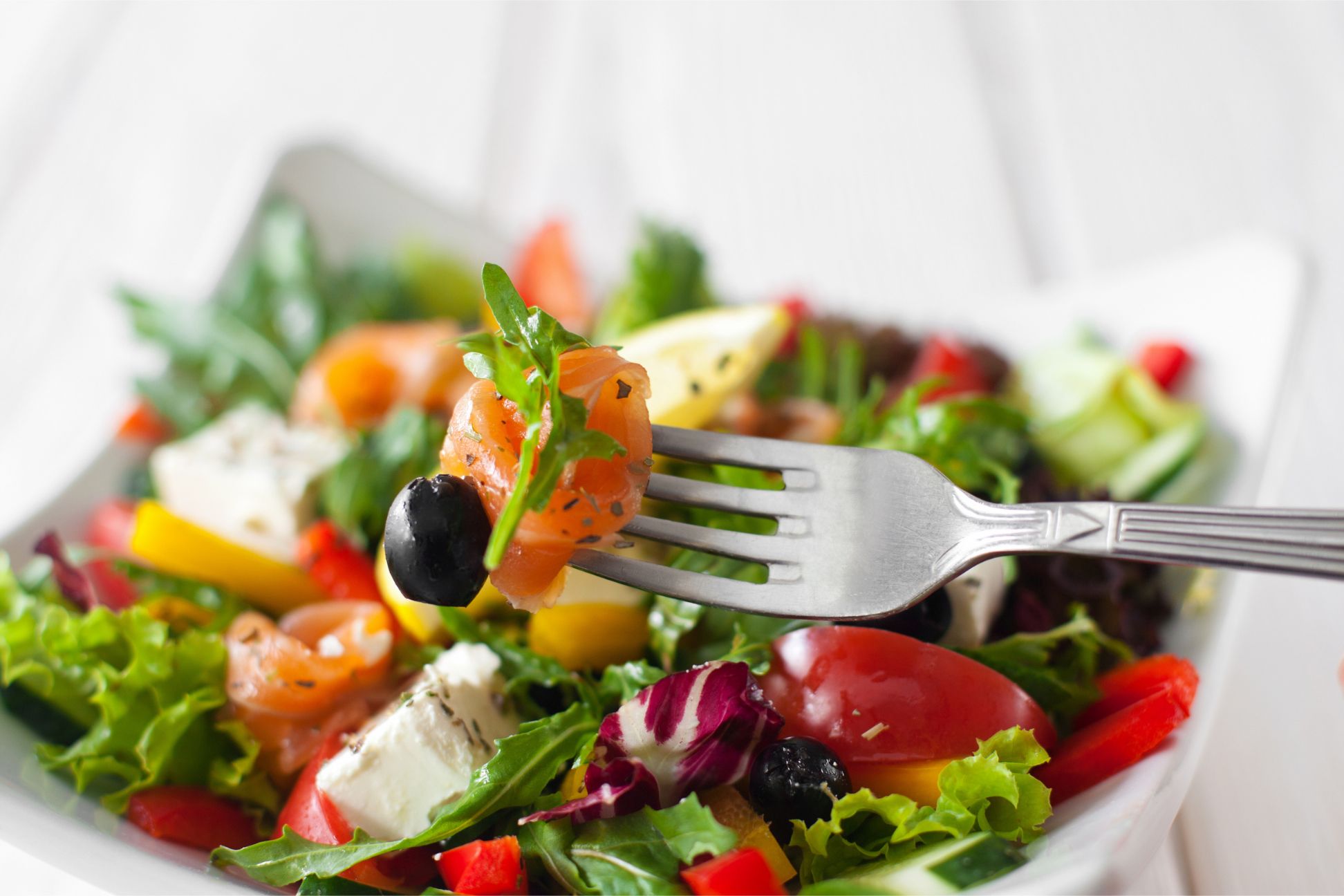
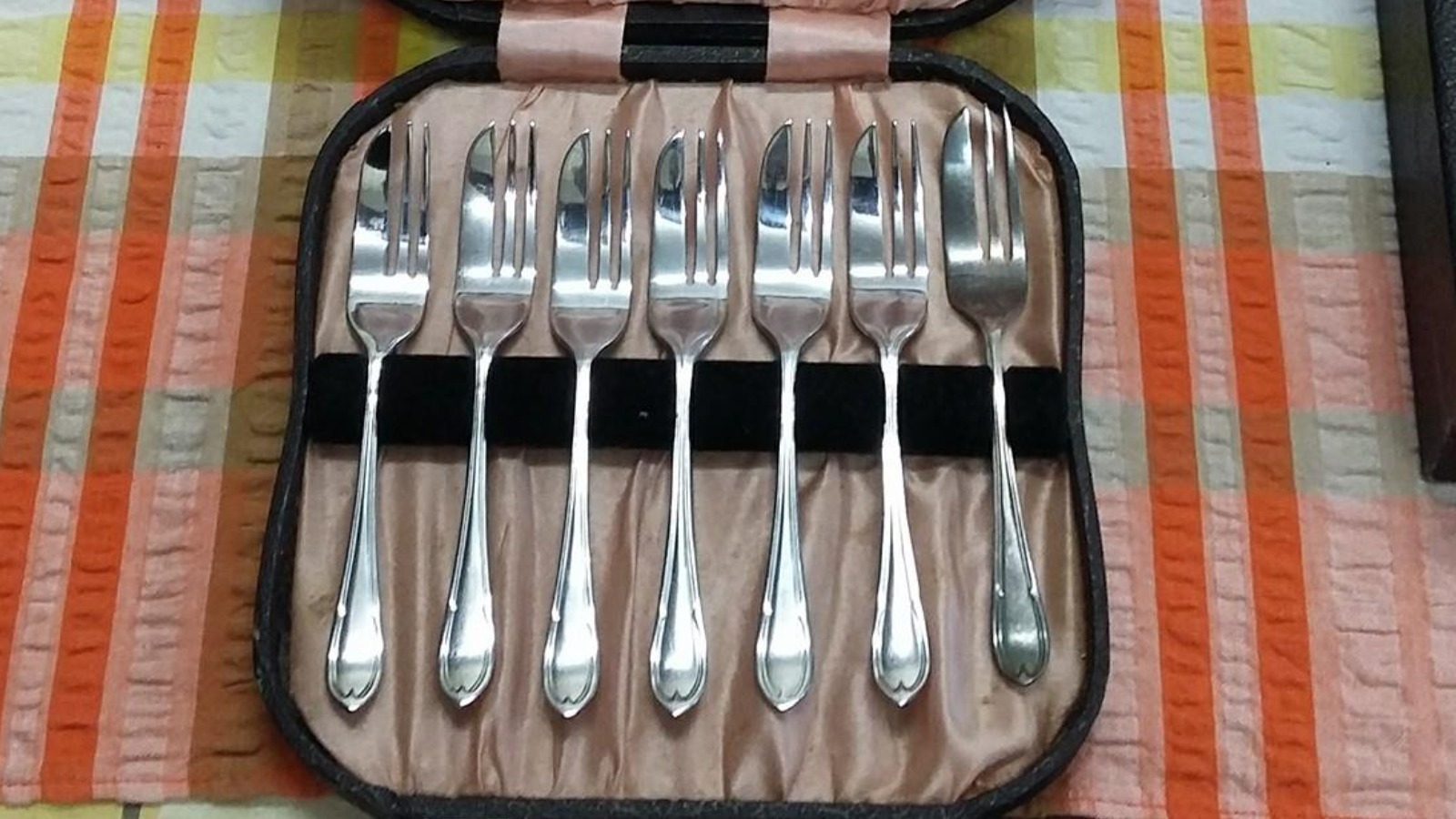
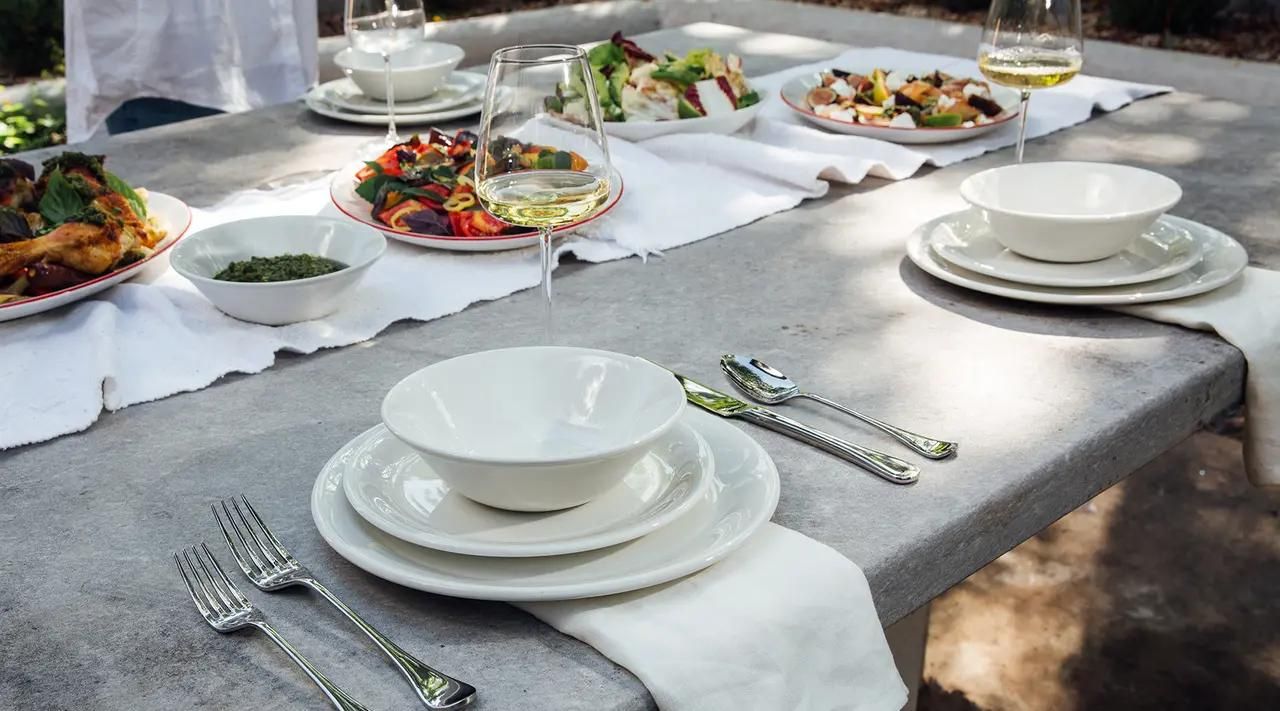
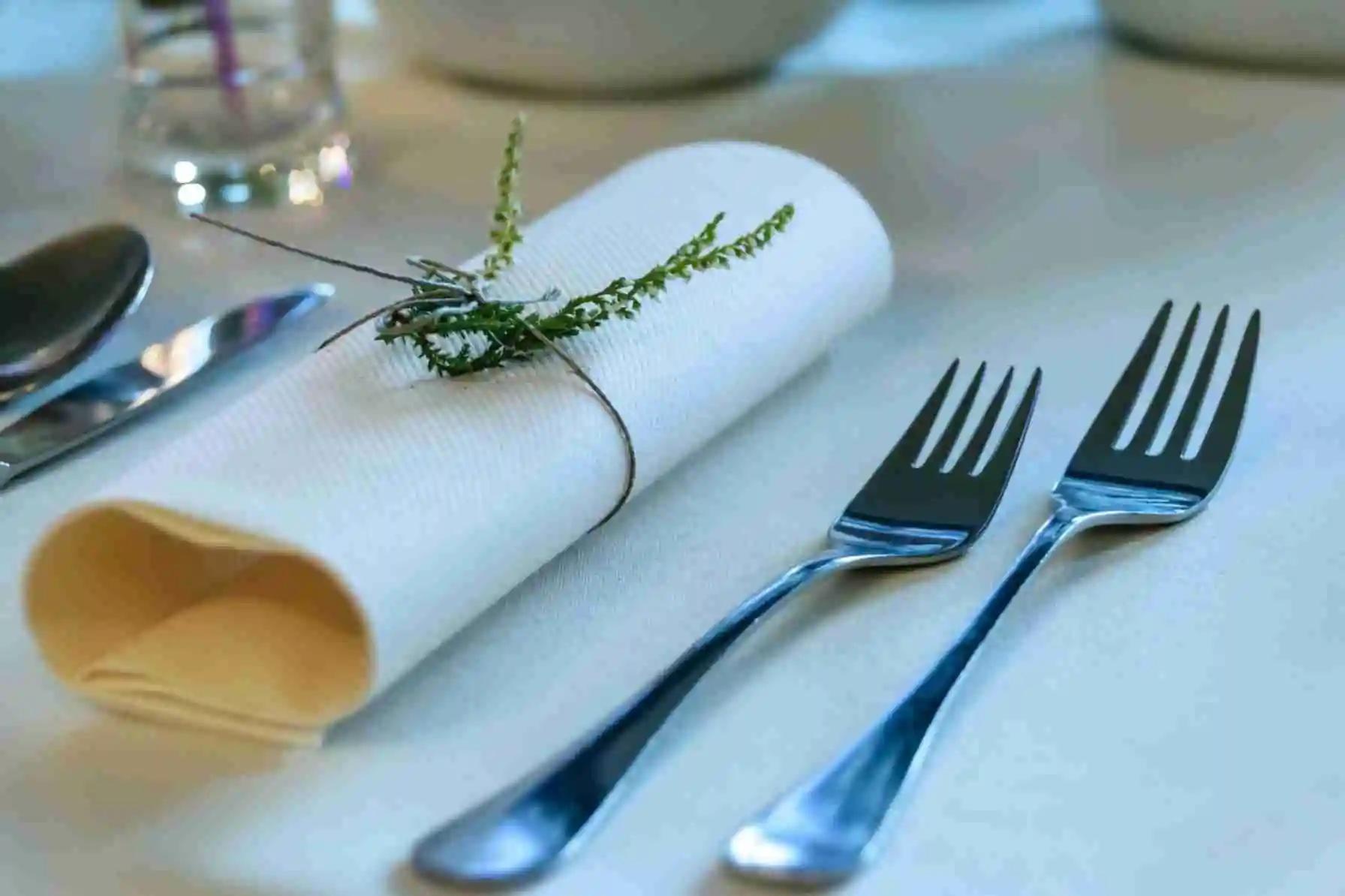
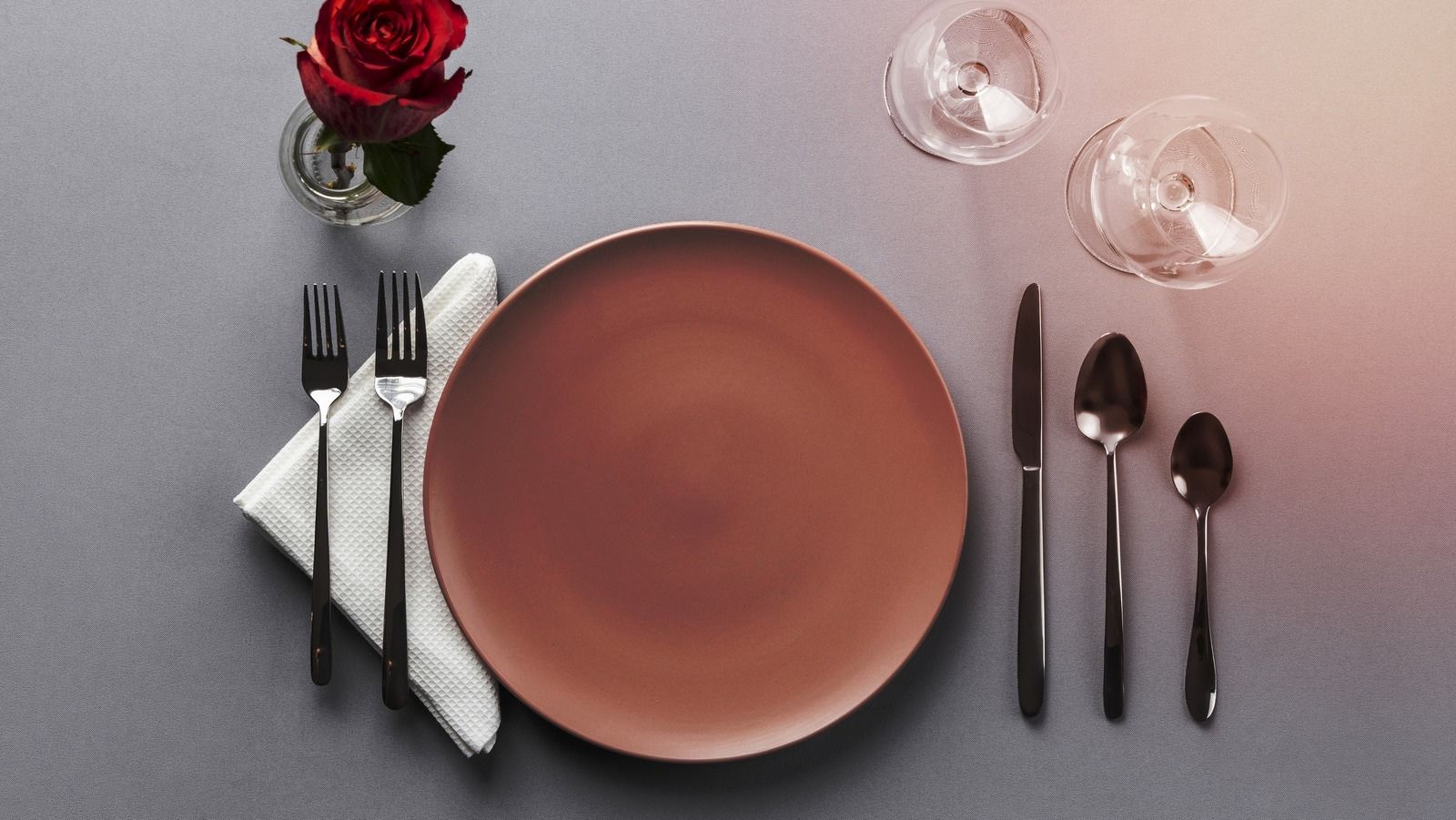
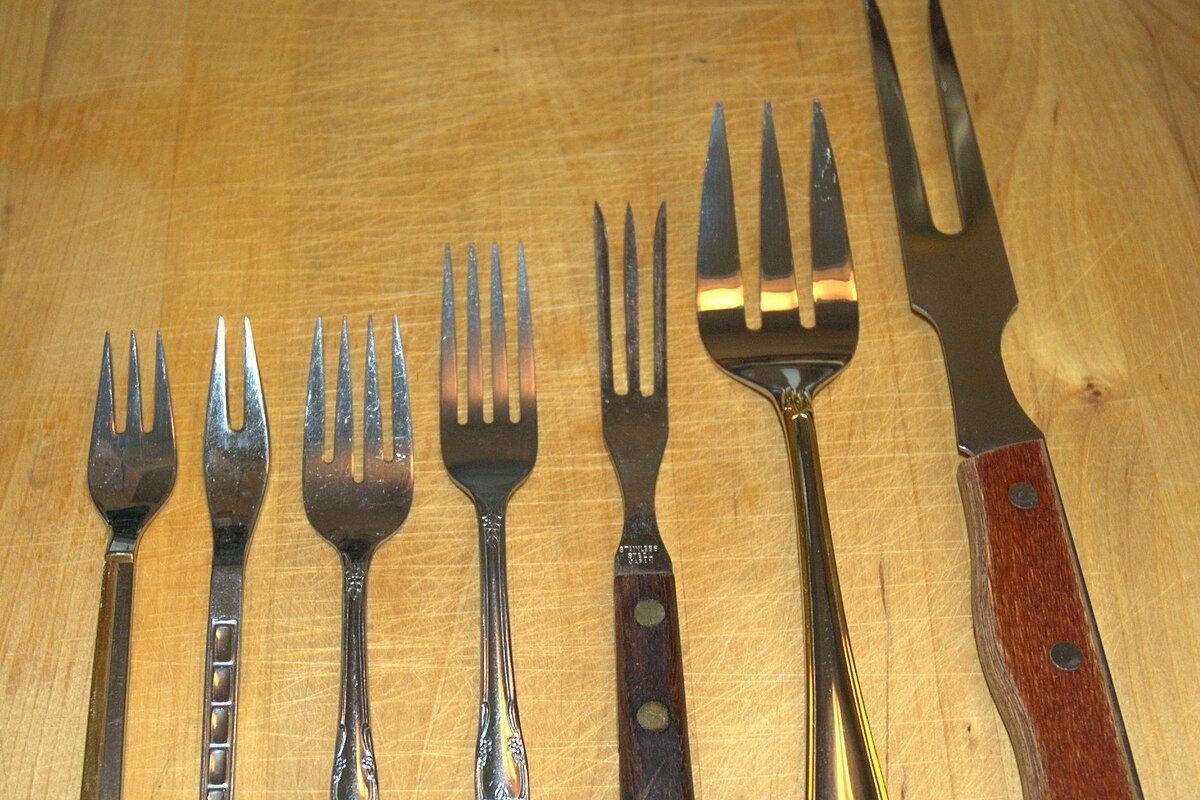

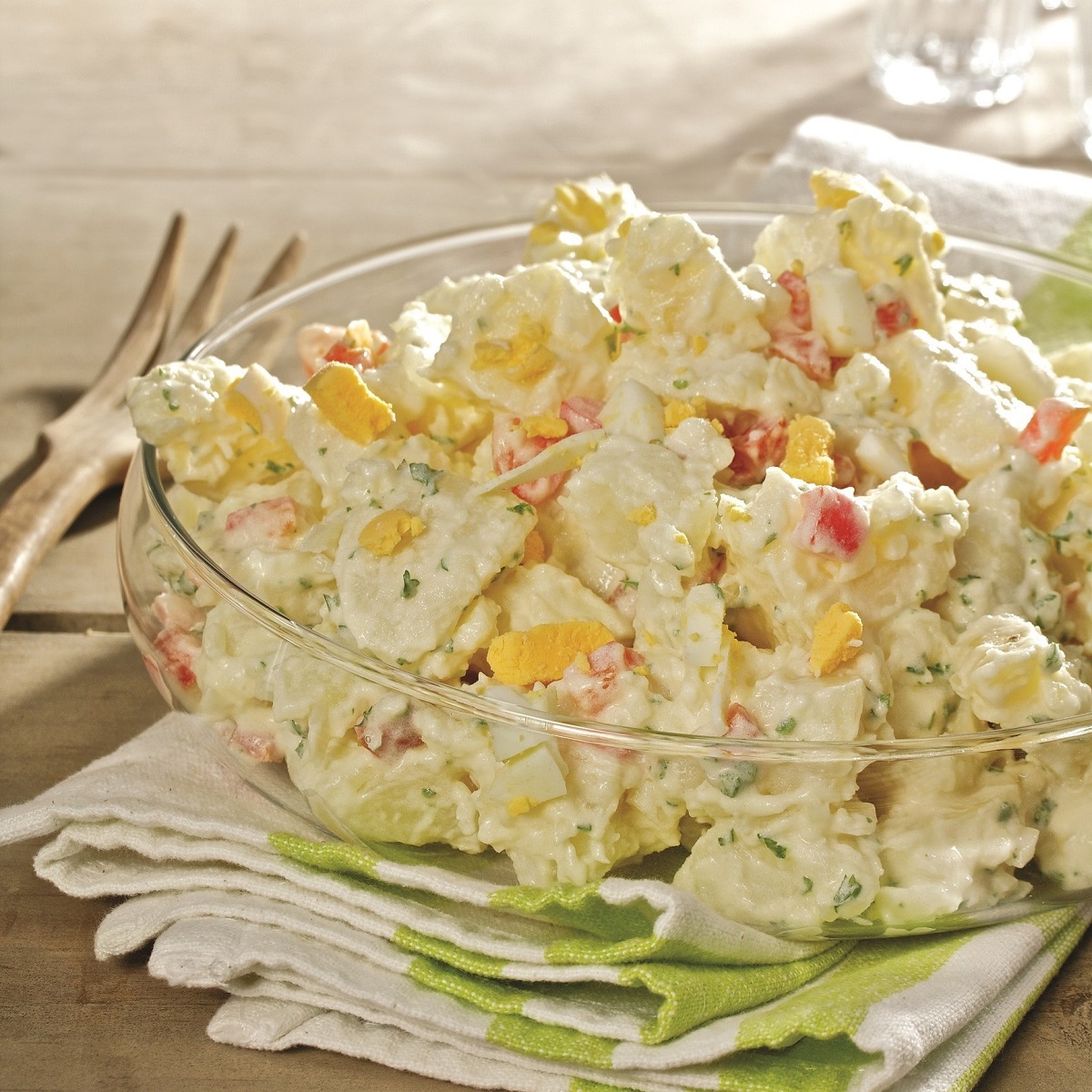


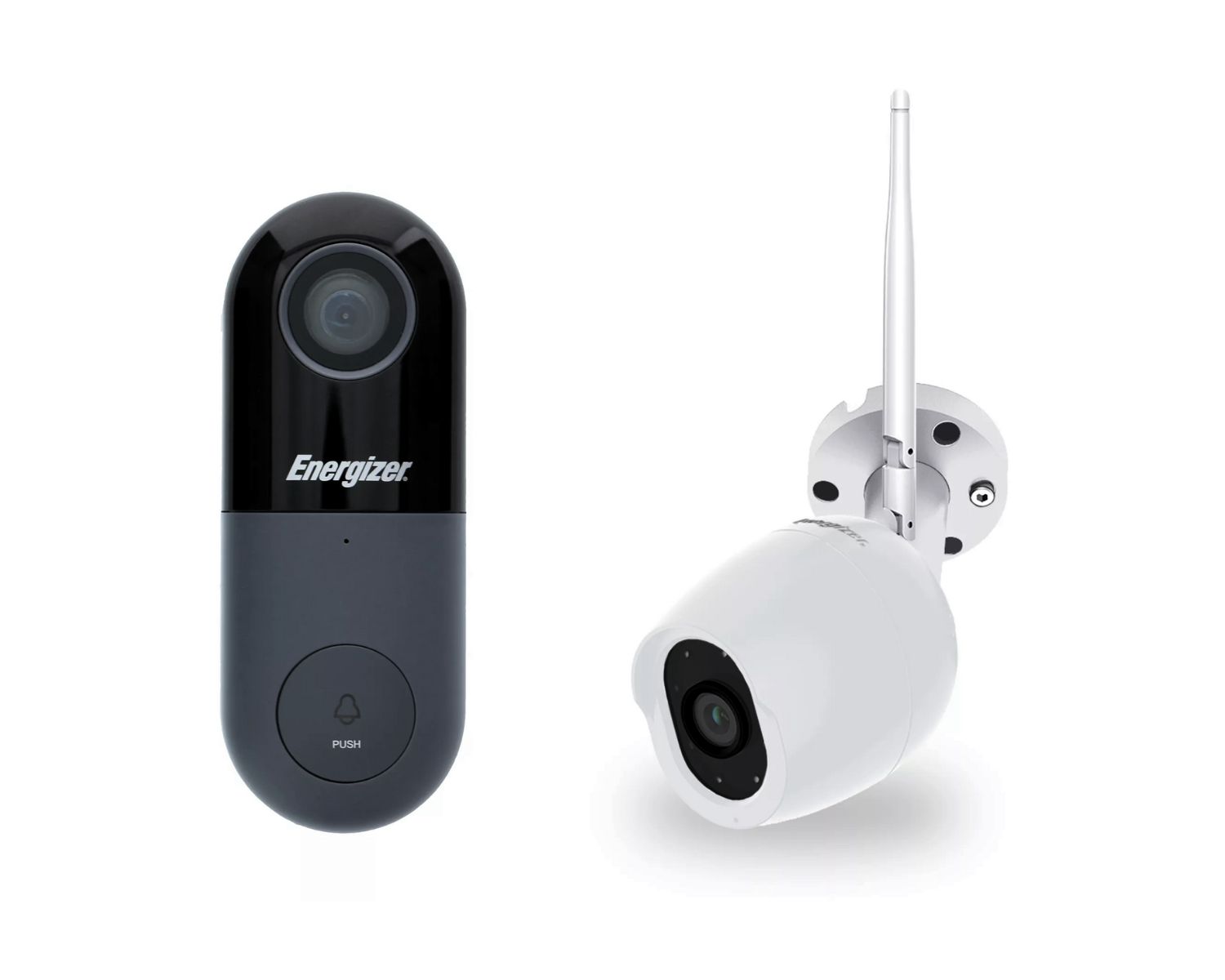

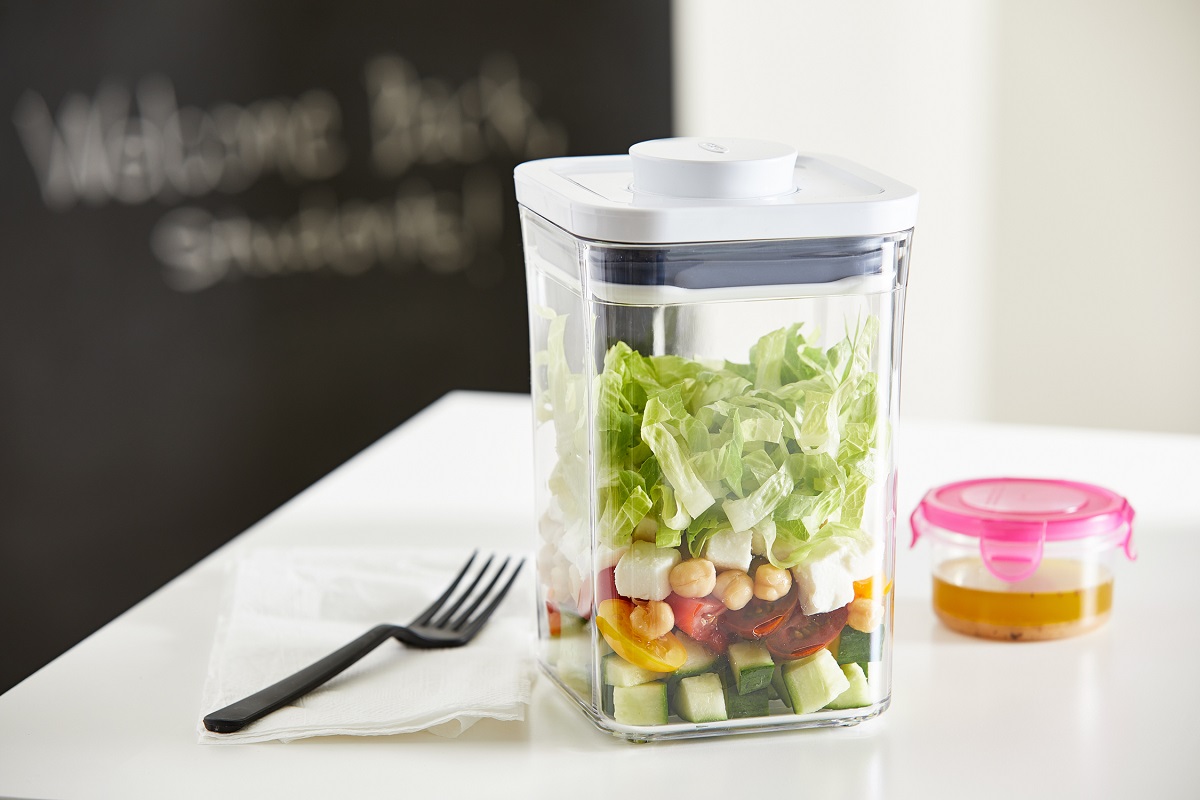
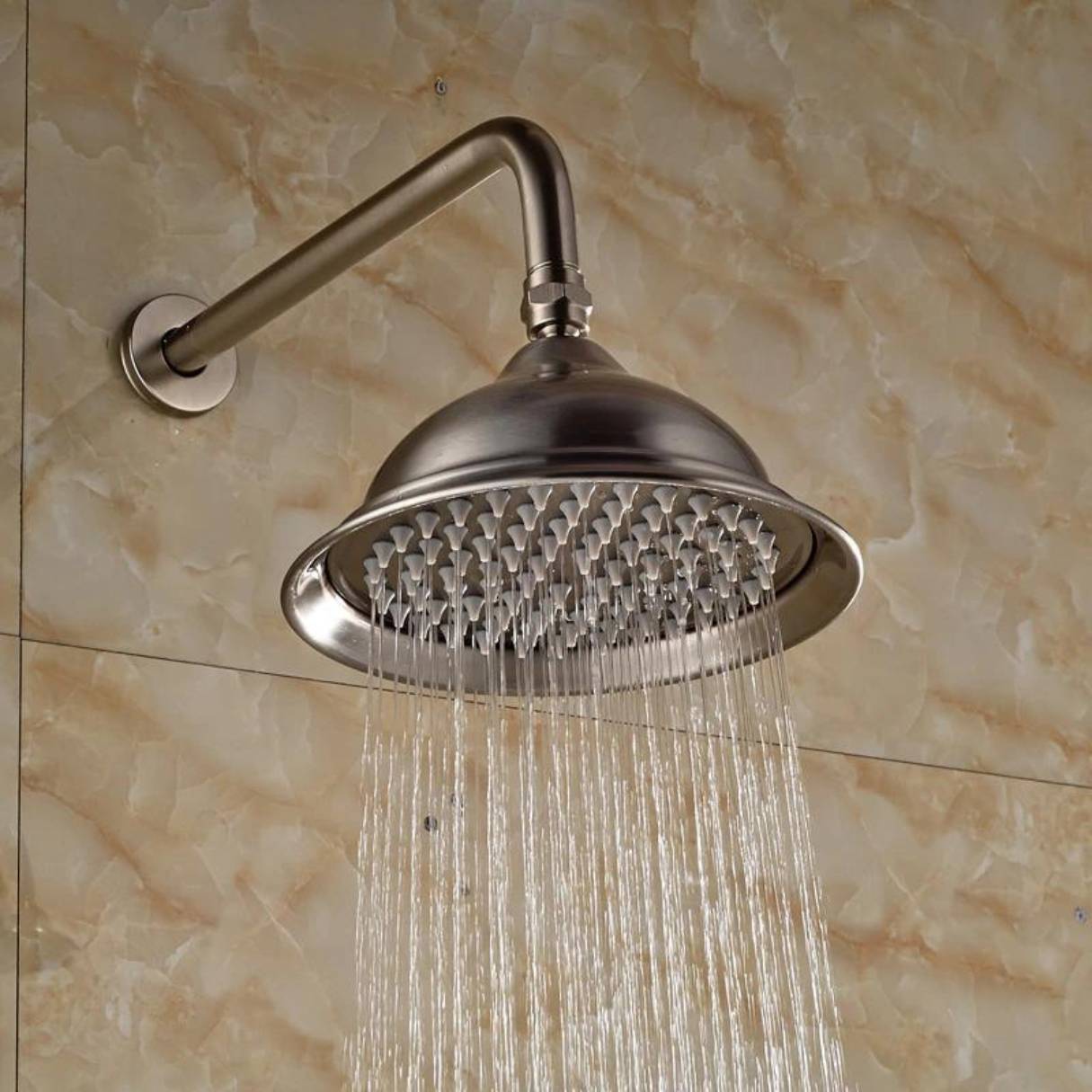

0 thoughts on “Which One Is The Salad Fork?”